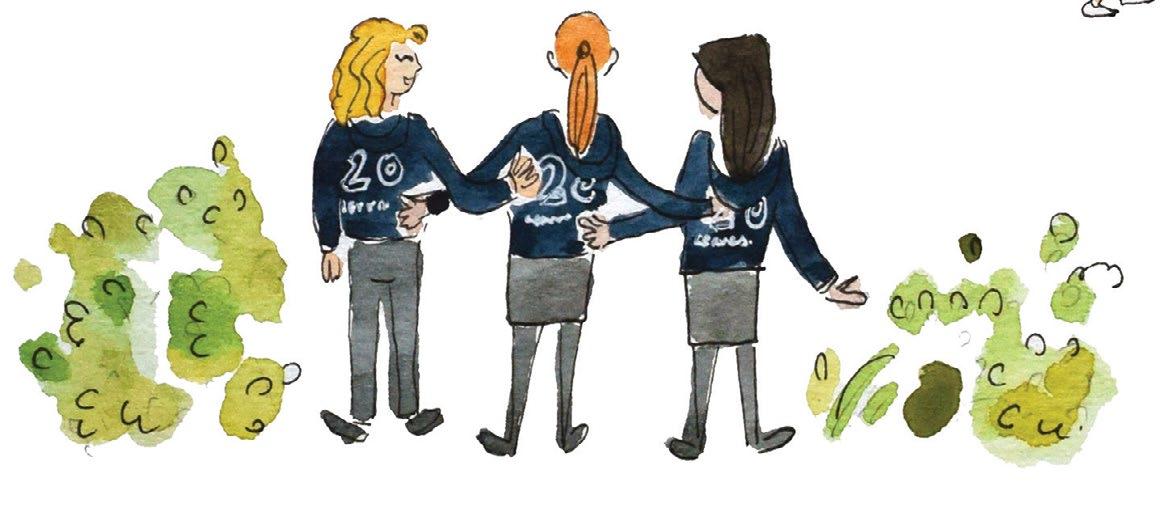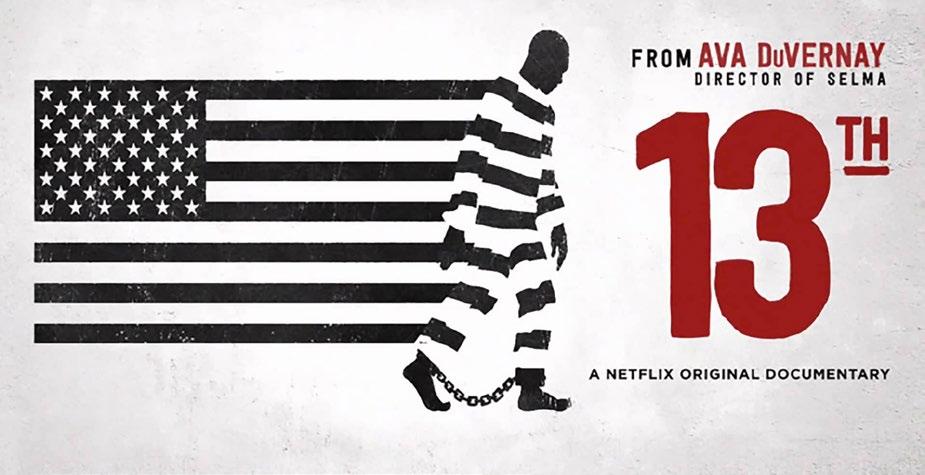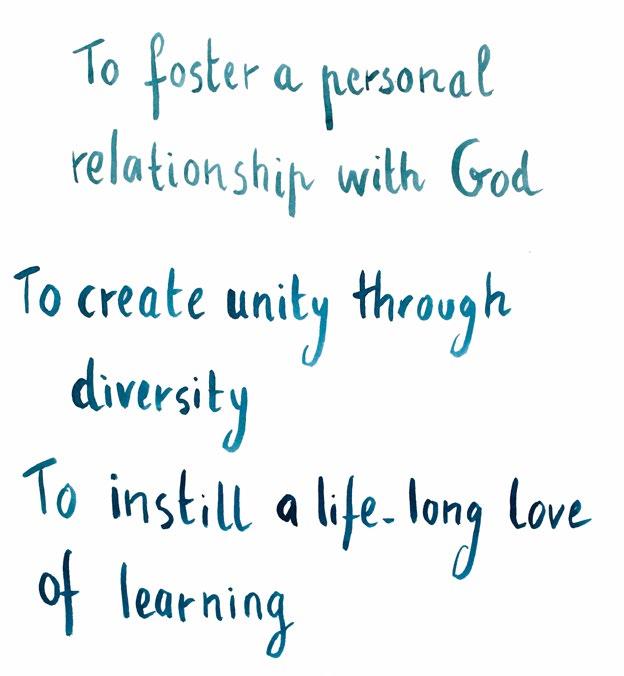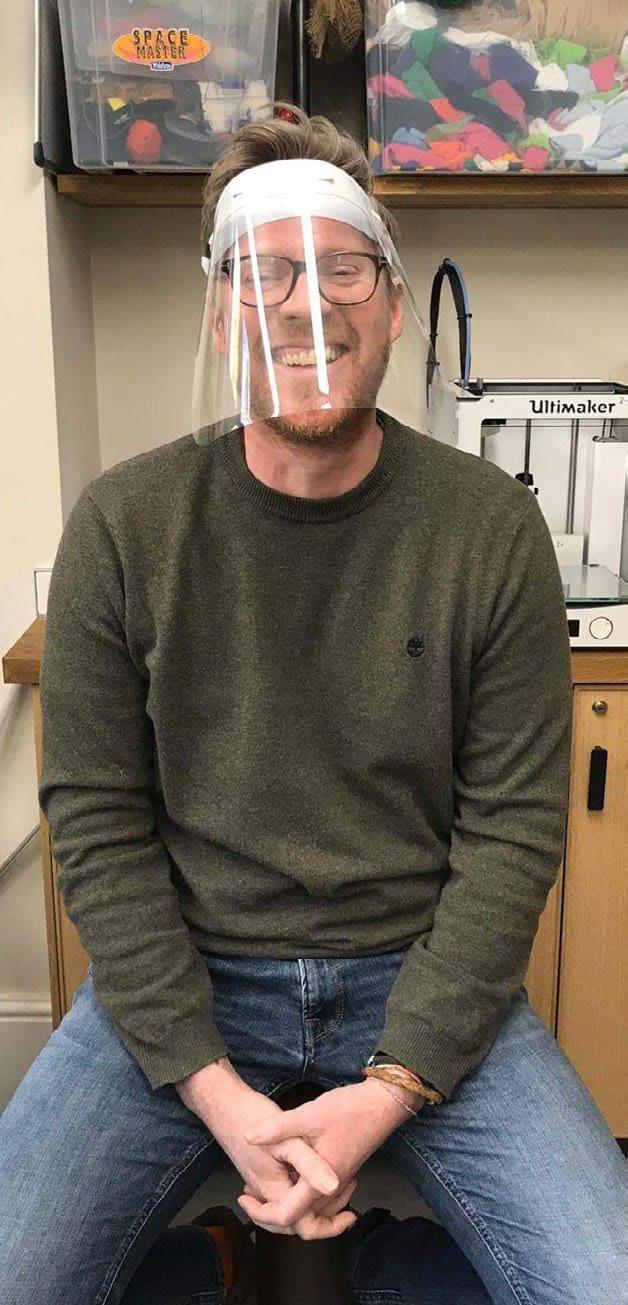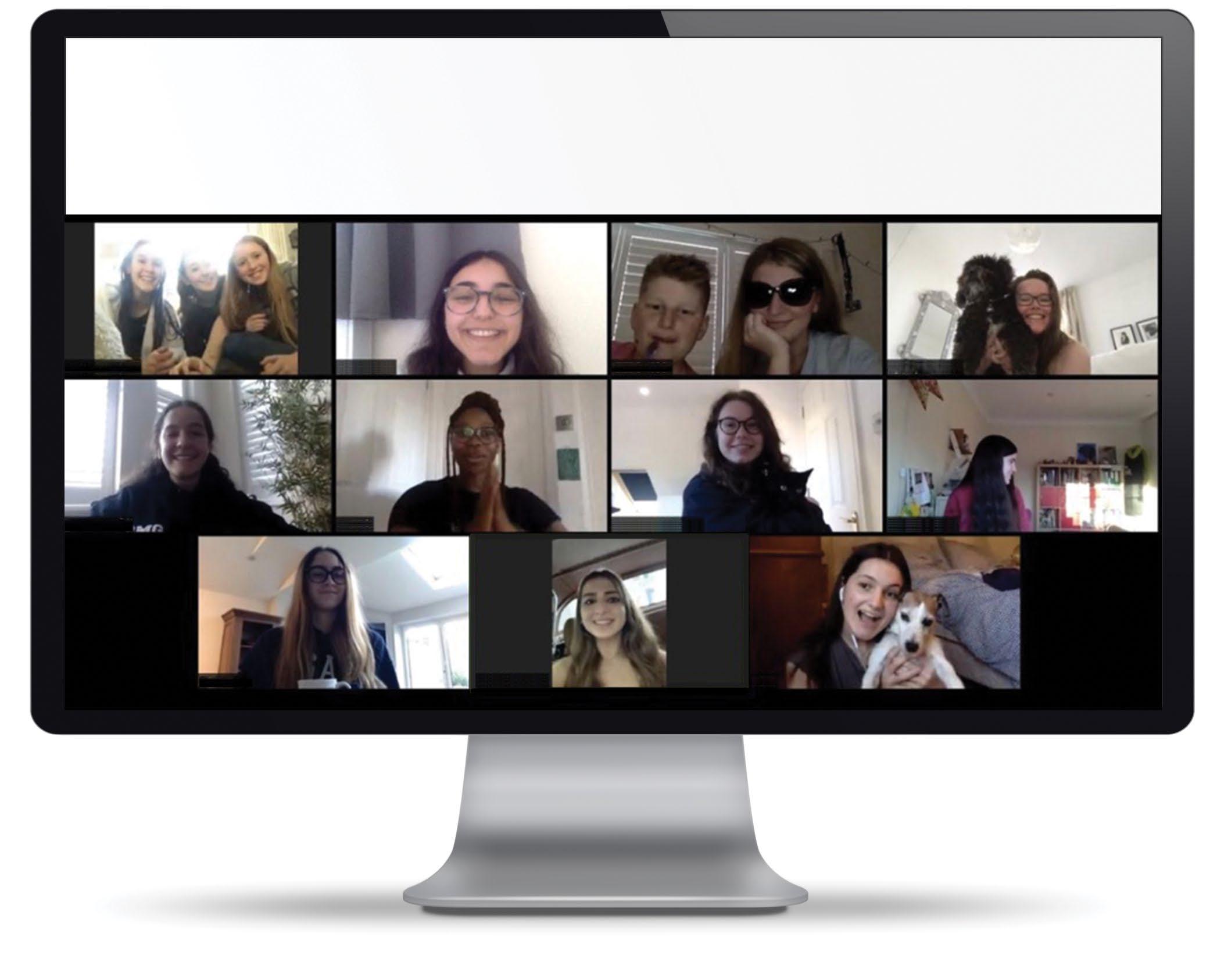
4 minute read
Emojis: the Emerging Language
Emojis:
the current mi llennial language
By Sahana, Grade 11 First published in the Marymount Messenger on 10th February 2020
How many times have you instinctively responded to a text message from a friend with a ? How many times have you responded to a post of �� a cute puppy on social media by commenting a ? �� If you believe that you have done so multiple times, congratulations! You are fluent in the fastest growing language in history – emojis.
In the last two decades, the use of emojis has increased dramatically. From the (now somewhat obsolete) ‘emoticons’, which involved having to tilt one’s head to the side to see the different faces, we have transitioned to using those small icons to communicate almost every emotion imaginable. You rarely see conversations without the sender using them at least once, and they have had a widespread impact on the way we communicate with others.
Initially being considered something only used by tech-savvy texting teens, emojis are now being used by people from every generation. They have become such an integral part of our modern day-to-day lives that in 2015 even the Oxford Dictionary selected the ‘Face with Tears of Joy’ emoji ( ) as its �� ‘Word of the Year.” In 2016, a judge in a High Court included a smiley face emoji in an official ruling in an attempt to make a judgement in a family court case easily understandable for the children involved. This ruling is thought to be the first in English legal history to use an emoji to explain evidence.
History of emojis Our current version of emojis was created by Japanese artist and engineer Shigetaka Kurita between 1998 and 1999. Working at the Japanese phone company Docomo, he was trying to find a way for people to communicate with each other through the use of small icons, the result of this being the creation of 176 such icons he called ‘emojis’. The name came from combining the two Japanese words ‘e’ meaning picture, and ‘moji’ meaning character. When asked, he said that he drew inspiration from Manga, Chinese characters, as well as international signs.
Adding emotional context
But what is it about these little icons that make texting people so much more engaging? Simply put, emojis help to infuse tone and certain ‘body language’ into a normal text message. Emojis act as a way to convey subtleties in texts, and also have the ability to convey a message beyond the confines and barriers of language and culture. A professor from the National University of Singapore said in 2017 that “When we ‘talk’ using social media, we tend to resort to the usage of emojis to show different communication cues. In such situations, language alone is inadequate in meeting the interactive demands of such conversations.” Emojis can also make text messages clearer. For example, the meaning of a word or sentence can change by adding an emoji at the end of it, making ambiguous texts a lot easier for the recipient to understand.
The end of the written word? Despite all of these benefits the usage of emojis have clearly brought, they also do have their share of concerns and problems associated with them. The biggest concern regarding emojis is that they are ‘destroying’ the English language, as people are relying too heavily on them to communicate. Research done two years ago through a study with 2,000 people between the ages of 16 and 65 showed that almost three quarters of adults are now dependent on emojis to communicate with each other and are unsure of their command of grammar and spelling. A similar study showed that 72% of UK citizens aged between 18 and 25 find it easier to communicate emotions using emojis rather than through words. Another concern is the fact that emojis are being used inappropriately in certain situations. For example, whilst using emojis in a text message to a friend might be considered perfectly acceptable, it would be considered inappropriate to use them in formal emails, especially in schools or places of work. In recent years, emojis have been coming up very frequently in court cases, and many judges are struggling to interpret them. Most of these come in cases of sexual harassment and workplace lawsuits, mainly due to how some emojis can have multiple meanings and so can be seriously misinterpreted and trying to find the true intent of the usage of the emoji proves to be very difficult.
What’s next?
In our ever-developing world and with us progressively communicating through the constantly advancing medium of technology, it is inevitable that our language will evolve as well, and emojis play a big part in that development of our modern communication. The creation and widespread use of emojis have certainly proven to have both benefits and limitations in almost all areas of life. Although remarkably changing the way we communicate with each other, it is important to remember that we must only use them when acceptable and not develop an over-reliance on them in our daily lives to the point that we are uncomfortable sharing our emotions and thoughts without them.
What are your views on the usage of emojis? What place and purpose do you think they have in our lives today?

